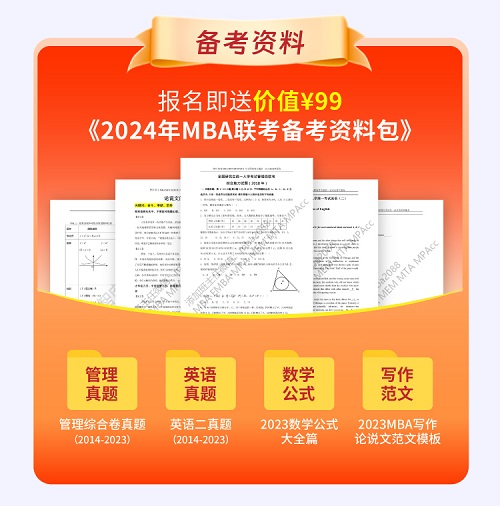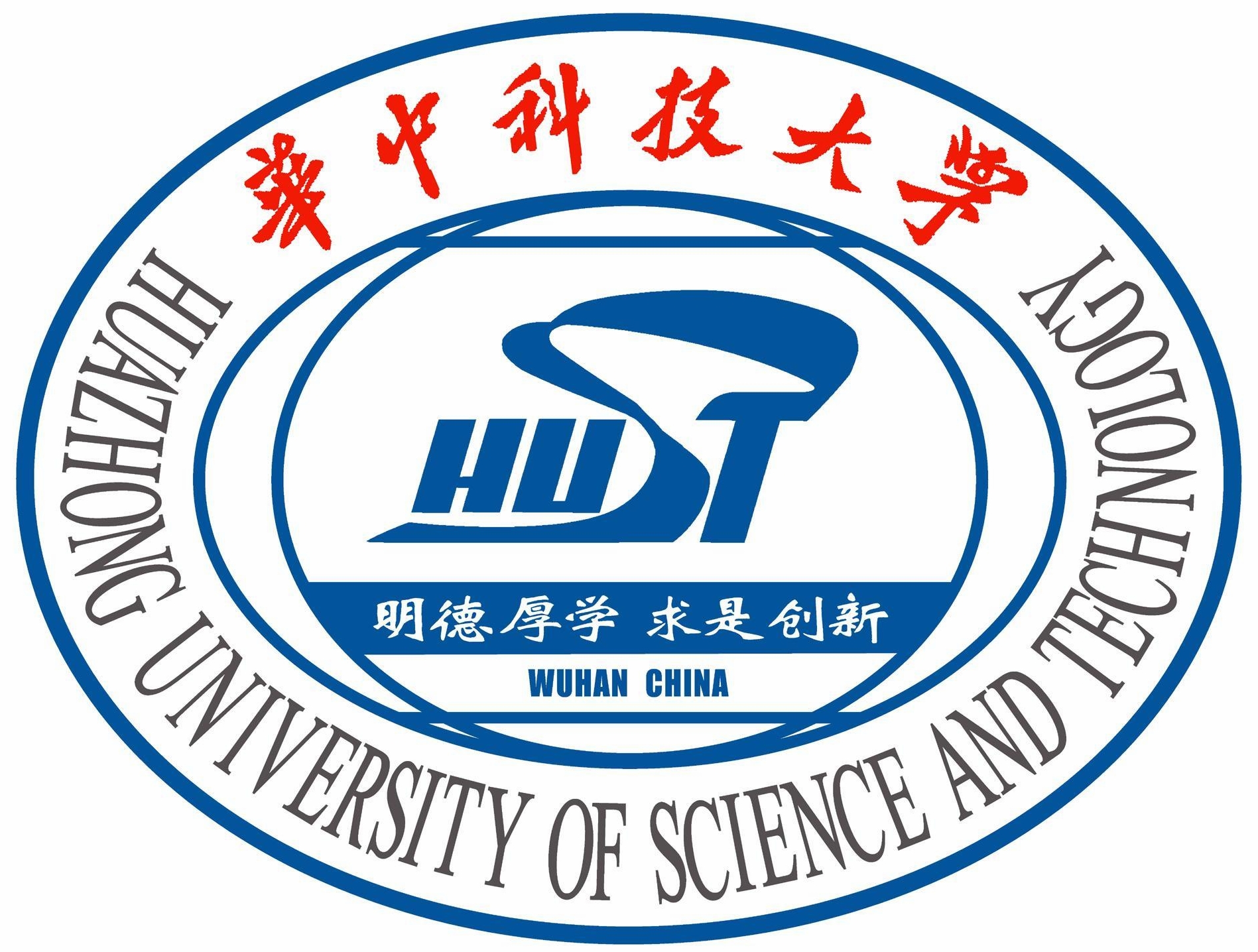演讲主题: The Pollution Routing Problem: Models and Solution Approaches
2016年05月10日14:18 智库商学院 阅读量:
日期: 2016年05月13日 (星期五) 14:30-16:30
地址:管理学院126教室
状态:已结束
演讲主题:The Pollution Routing Problem: Models and Solution Approaches
主 讲 人:Yongjia Song ,Department of Statistical Sciences and Operations Research at Virginia Commonwealth University (VCU).
主 持 人:信管系 秦虎副教授
活动时间:2016年5月13日(周五)14:30 - 16:30
活动地点: 管理学院126教室
主讲人简介:Dr. Yongjia Song is an assistant professor in the Department of Statistical Sciences and Operations Research at Virginia Commonwealth University (VCU). He received the B.S. degree in computational mathematics from Peking University, China in 2009, the M.S. degrees in industrial engineering and computer sciences from University of Wisconsin-Madison in 2012, and the Ph.D. degree in industrial engineering from University of Wisconsin-Madison in 2013. His research interests include optimization under uncertainty (stochastic and robust optimization), integer programming (linear and nonlinear), and applications of optimization in transportation, power system, and data analytics. His research work has appeared in referred journals such as INFORMS Journal on Computing, Mathematical Programming Computation, Transportation Science, and Naval Research Logistics. He is a member of INFORMS, MOS, and SIAM. His research has been supported by NSF.
摘要:
Incorporating vehicle speeds as decision variables into classical transportation models can improve the operational flexibility and lead to significant cost savings. It also brings in great complexities on modeling and computation. We study a generalization of the vehicle routing problem, called the pollution routing problem (PRP), with the goal of determining a set of routes as well as vehicle speeds over the routes that minimize the total operational and environmental costs. We propose two new exact formulations for the PRP. The first formulation is based on tools from disjunctive convex programming. The second formulation is a novel set partitioning formulation, in which each column represents a combination of a route and a subset of customers on the route whose time-window constraints are active. This is in contrast to the set partitioning formulation of the vehicle routing problem in which each column represents a route. This formulation facilitates the development of an efficient labeling algorithm for the pricing problem in a branch-cut-and-price framework. We show computational results that indicate the superiority of the proposed approaches.
17年考辅名师倾情指导,带你入门MBA联考备考
点击立即报名 ![]() :https://ke.mbalib.com/pc/column/939?cid=1%3Ffrom_source%3Dsxylb
:https://ke.mbalib.com/pc/column/939?cid=1%3Ffrom_source%3Dsxylb
详细课程咨询添加微信:mba2088


